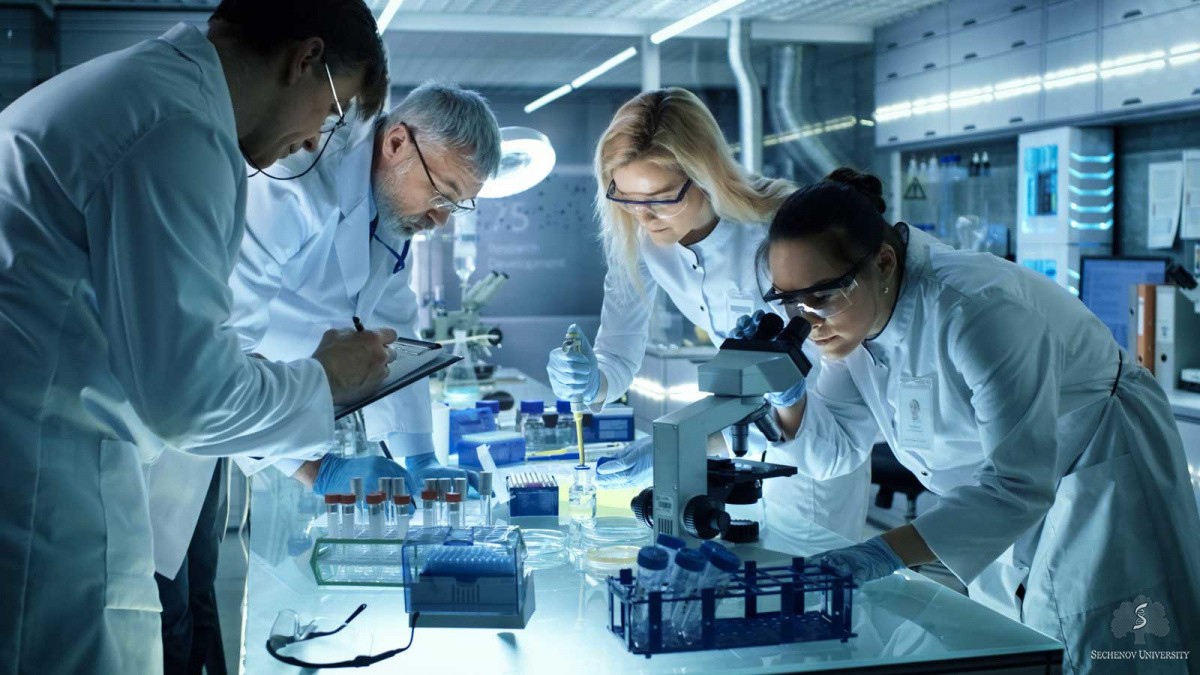Laboratory of Clinical Biophotonics broadens tissue diagnostics

Sechenov University has opened the Laboratory of Clinical Biophotonics. This area of research — at the crossroads between physics and medicine — studies the use of light and optical properties of biological tissues to facilitate diagnostics. Optical technologies are a very promising tool, especially for clinical practice where doctors often rely on visual and tactile examination. Research at the new Laboratory is expected to be beneficial for both physics and medicine.
The Laboratory of Clinical Biophotonics is already conducting its first studies involving different groups of clinicians. The main clinical research areas are orthopaedics, dentistry, and pathomorphology. The development of optical methods should make the examination of tissues less subjective.
At the moment, the Laboratory of Clinical Biophotonics is developing a method for the early diagnosis of osteoarthritis using optical methods. The current clinical practice relies on a number of methods to assess the condition of cartilage tissue — CT, MRI, ultrasound, and tactile assessment with a metal probe with which the surgeon can determine the elasticity and roughness of cartilage. However, these methods can help identify only significant cartilage degradation. Clinical scientists hope to use optical methods for quantification of the parameters associated with mechanical characteristics. The results of this experimental work have been summarised in a paper for the Journal of Biophotonics.
In the field of dentistry, researchers are working to identify dentine areas with varying degrees of damage. Surgical intervention is aimed at removing the damaged tissue, but on the other hand, it should leave the maximum amount of healthy tissue untouched. Currently, dentists use visual and tactile examination of dentine, and the subjectivity of this approach entails the need to develop additional assessment criteria. For this, tissue samples are examined in a laboratory using a variety of optical methods, in parallel with clinical assessment. Through comparing these approaches, researchers hope to develop new criteria for tissue evaluation based on its optical properties.
Apart from studying tissues in situ, another important avenue of research is the development of a method for the fast analysis of biopsied material. Currently, preparations used for the evaluation of tumour removal success either require complex methods or take considerable time. Contemporary medicine needs a fast-diagnostic method which would minimise preparation time. This challenge is also in the focus of the Laboratory of Clinical Biophotonics.
The Laboratory of Clinical Biophotonics is formed of young scientists and graduate students of the Faculty of Physics at Lomonosov Moscow State University, Laser Biophotonics Group at the Department of Quantum Electronics, under the leadership of Evgeny Shirshin. There are collaborations with the group led by Marina Lipina, Leading Research Fellow at the Department of Traumatology, Orthopaedics, and Disaster Surgery; Anna Turkina, Associate Professor at the Department of Therapeutic Dentistry; and Alexey Fayzullin, Junior Research Fellow at the Centre for Digital Biodesign and Personalised Healthcare. Clinician PhD students of Sechenov University are also involved in this work.
